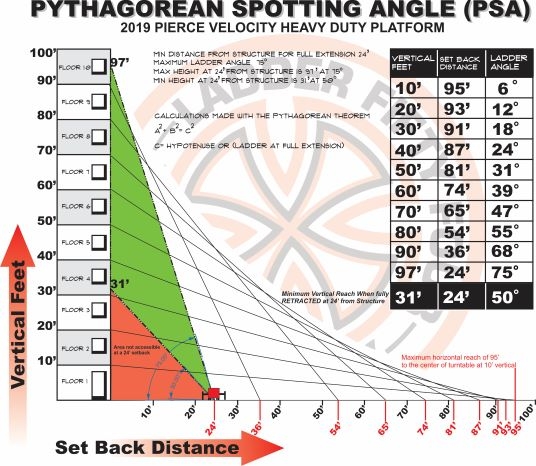Part of being a fire service instructor in this day and age is to deliver a pre-planned curriculum that has been created, vetted and has an element of quality assurance by other peers. After all, if the students could do it themselves there would be no need for the instructor right? In my neck of the woods the traditional instructor is being replaced by Youtube videos, Powerpoints, and other mixed media presentations that are either created by the department or uses another department or video as a reference. It seems like we spend more time in front of the computer than on the drill ground. This is a common occurrence throughout the fire service where more information is being presented or required and the time given to complete these trainings is getting smaller. This has given birth to the short online training with quiz. I am a firm believer in the role of the fire service instructor giving hands on manipulative trainings when appropriate, but I understand this may not always be possible. Is there a way to capture the essence of the live hands on instructor in a static media? Maybe!
We have all seen demonstration videos of a particular skill on Youtube. This has been a great tool for the keyboard warrior but unless our warrior goes to the training ground and applies a manipulative lesson, learning will stop at the 5 alarm fire video that so conveniently auto plays next. Take for example the forcible entry renaissance we have been in for the past 10 years. Door props are becoming a staple on the fire ground and we are becoming extremely effective at breaking them down. Before the props came of age there were very little videos showing technique and application. Now you can find hundreds of them and most likely step out your stations back door and force away. We unknowingly created a visual and physical aid coupled with really cool videos of millions of techniques. Our forcible entry prowess was born!
This is not a video media article so let’s focus on the commonly used “Task Sheet” or other static media such as lots of text in a “1. Do this, 2. Do that,” format. In my experience not many people like their content delivered in this manner but I do realize there is a time for it. Also, in complex evolutions this format gets very wordy and people skip steps lessening their ability to fully learn the skill. I have found that Illustrations (yes drawings) seem to have a different effect on adult learners (and kids too)! Illustrations can attract attention, aid in retention, enhance understanding, or create context. For example, showing a photo of a dramatically beautiful cloud image at the opening of a presentation on climatology does more to attract attention than explain the content. Providing a table of cloud type images organized according to the cloud classification scheme might be seen as primarily aiding retention. Drawing a diagram illustrating the processes in the formation of a particular cloud type will help explain these processes for increased understanding.
According to cognitive theory, only a small fraction of all sensory stimuli that reach the brain actually make it to the working memory, a process known as selective perception. Considering the limitations of working memory, it is easy to understand why such a process is necessary. Without it we would be inundated with stimuli in an instant. With all the stimuli that are vying for attention, it is a challenge to keep learners focused on the intended message or task. Using illustrations can help because they can be complex to the senses, and because they can provide novelty in the probably more plentiful stream of spoken words or written text.
The complexity of the illustration draws and holds the attention. Illustrations, because they can display varieties and interrelationships of lines, shapes, colors, spaces, and text, tend to be more complex to the senses than lectures or text alone, and so they will stand out to the learner. It should be added, however, that there are limits to the benefits of complexity. If complexity exceeds the processing capabilities of learners, they may withdraw attention in self-defense. There is an optimal level of complexity that varies with the age and ability of learners that must be taken into consideration.


In the two illustrations (Pythagorean Spotting Angle) and (Interlocks Diagram) the complexity of the illustrations are quickly realized by the firefighter. The student tends to pick apart specific “nuggets” of information at different times and apply them on the drill ground. But the extraordinary thing is that they keep coming back and referencing the material which without knowing reinforces the cognitive learning process. Now you might say who can draw on the computer? In this day and age you might be surprised at the vast knowledge our younger firefighters have that revolves around Computer Aided Drafting (CAD). And if you can’t find one of these gems it doesn’t hurt to learn a new skill! Now I will caution that the learning curves for some of these vector based drawing programs is steep so the person taking on this challenge should have a deep desire to learn it and STICK WITH IT! We as instructors can tell a story with drawings and illustrations, some times better than babbling on about it.
So is Youtube going to put the fire out? Is the stale task sheet doing anything for engagement and retention? You can be the judge, but I know that a shift in what we deem as instruction has already taken place and the ability of the fire service instructor must follow suit. It is our responsibility to use every available resource to engage our students. Sometimes a picture is worth a thousand words.